1. Why Sodium Matters in Chinese Cuisine
Sodium is a key ingredient in many traditional Chinese dishes. It enhances flavor and acts as a preservative, but consuming too much sodium can lead to health issues like high blood pressure, heart disease, and stroke. Chinese cuisine, often prepared with soy sauce, broths, and seasoning mixes, can be a major source of sodium if not mindful of the ingredients used. The challenge lies in enjoying these flavors without overloading on sodium, which is why finding lower-sodium Chinese food options is essential for maintaining a balanced diet.
2. Tips to Reduce Sodium Intake
If you're trying to reduce your sodium intake while still enjoying Chinese food, here are a few tips to consider:
- Ask for less soy sauce: Many Chinese restaurants offer soy sauce with their dishes, but you can always request to have less or to use a low-sodium version.
- Choose steamed dishes: Steamed dishes tend to have less added salt compared to fried ones.
- Opt for brown rice instead of fried rice: Fried rice is often loaded with additional salt and unhealthy fats, while brown rice is a healthier alternative.
- Limit salty condiments: Avoid dipping sauces or condiments like hoisin sauce or oyster sauce, which tend to be high in sodium.
- Request no MSG: Some Chinese restaurants use MSG (monosodium glutamate) as a flavor enhancer, which can increase your sodium intake.
3. Where to Find Chinese Food with Less Sodium
When it comes to finding Chinese food with less sodium, it's important to look for restaurants or food brands that prioritize healthier cooking methods and ingredients. Many restaurants now offer “health-conscious” menus that feature low-sodium options or allow for customization.
Some restaurant chains, like P.F. Chang's, provide sodium-conscious options. Additionally, many urban areas have restaurants that cater to health-conscious diners, offering dishes with less sodium, or where the sodium content is clearly listed on the menu. If you're looking for something even healthier, try opting for restaurants that use fresh, organic ingredients, as these often contain less sodium than mass-produced alternatives.
If you're craving Chinese food at home, consider visiting Chinese grocery stores that offer lower-sodium alternatives, such as reduced-sodium soy sauce, broth, and sauces. Brands like Kikkoman and San-J have low-sodium soy sauce options that are perfect for making your own healthier Chinese dishes.
4. How to Make Your Own Chinese Food Healthier
If you prefer making your Chinese meals at home, there are several ways to reduce sodium while still enjoying the traditional flavors:
- Use low-sodium soy sauce: You can find a variety of low-sodium soy sauces at your local grocery store that taste just as good as regular soy sauce.
- Cook your own broths: Instead of using store-bought broths that can be high in sodium, make your own at home with fresh ingredients.
- Incorporate more vegetables: Adding a variety of fresh vegetables to your dishes can balance out the flavors and reduce the need for extra sodium.
- Be mindful of seasoning: Instead of relying on salt, try using other herbs and spices like ginger, garlic, and pepper to enhance the flavor of your dishes.
5. Conclusion: Enjoying Chinese Food Without the High Sodium
Finding Chinese food with less sodium is possible, whether you choose to dine out at restaurants that offer healthier options or cook your own meals at home. By being mindful of sodium content and making small adjustments, you can enjoy the flavors of Chinese cuisine without compromising your health.
If you want to try a healthier Chinese food option, check out [GoChinaRose](https://www.gochinarose.com), where they offer delicious dishes with less sodium and great taste. Learn more about their menu and take the first step towards eating healthier Chinese food today!


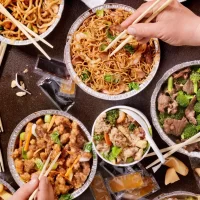
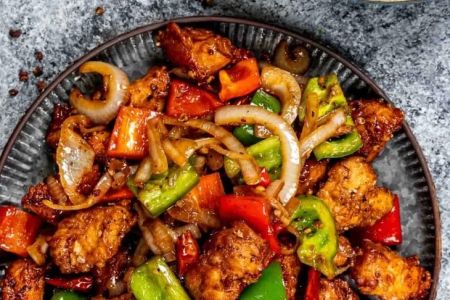
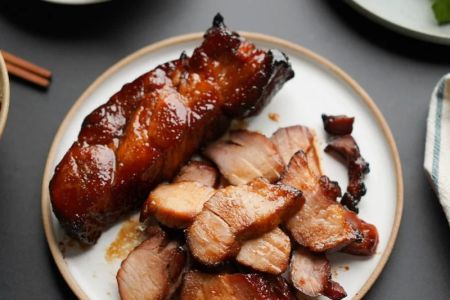
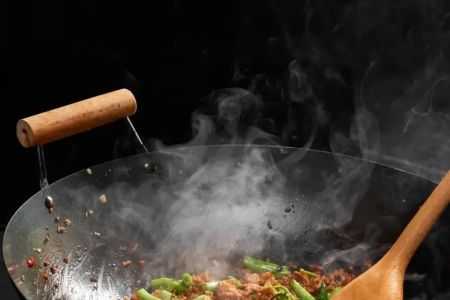
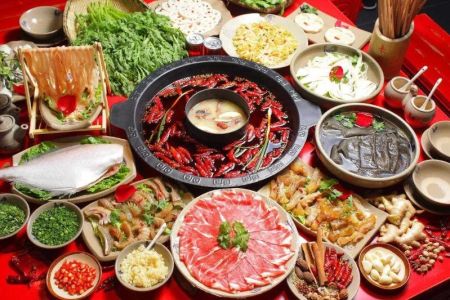
![Top Chinese Restaurants for Authentic Cantonese Cuisine in [Your City]](https://img.gochinarose.com/d33/2507/4157910400_450x300.webp)
